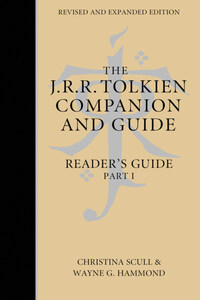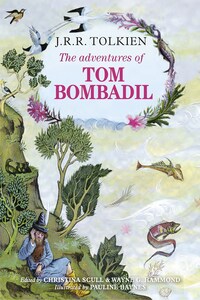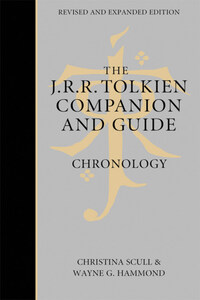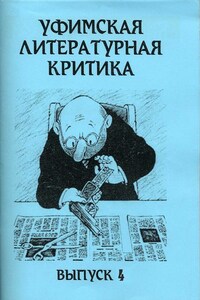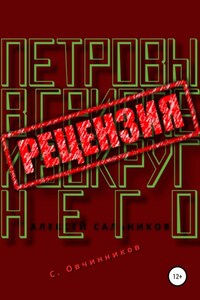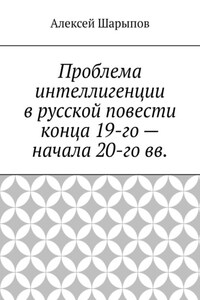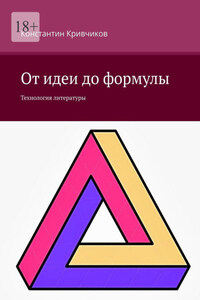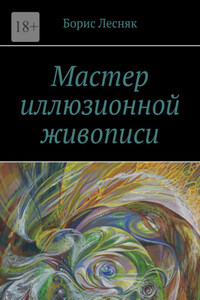HarperCollinsPublishers Ltd.
1 London Bridge Street
London SE1 9GF
www.harpercollins.co.uk
www.tolkien.co.uk
www.tolkienestate.com
Published by HarperCollinsPublishers 2017
Copyright © Christina Scull and Wayne G. Hammond 2006, 2017
Christina Scull and Wayne G. Hammond assert the moral right to be identified as the authors of this work
Further copyright information is printed at the end of the volume
® and ‘Tolkien’® are registered trademarks of The Tolkien Estate Limited
A catalogue record for this book is available from the British Library
All rights reserved under International and Pan-American Copyright Conventions. By payment of the required fees, you have been granted the nonexclusive, nontransferable right to access and read the text of this ebook on-screen. No part of this text may be reproduced, transmitted, downloaded, decompiled, reverse-engineered, or stored in or introduced into any information storage and retrieval system, in any form or by any means, whether electronic or mechanical, now known or hereafter invented, without the express written permission of HarperCollins ebooks
HarperCollinsPublishers has made every reasonable effort to ensure that any picture content and written content in this ebook has been included or removed in accordance with the contractual and technological constraints in operation at the time of publication
Source ISBN: 9780008214524
Ebook Edition © November 2017 ISBN: 9780008273484
Version: 2017-10-20
THIS BOOK has been designed, in both its original edition (2006) and the present revised and expanded edition, to serve as a reference of (at least) first resort for the study and appreciation of the works of J.R.R. Tolkien. It is meant to be a companion to his readers, and a basic guide to his writings and ideas, his life and times, his family, friends, and colleagues, and the places he knew and loved. It is not, despite a similarity of titles, a handbook of his invented lands and characters in the manner of Robert Foster’s Complete Guide to Middle-earth or J.E.A. Tyler’s Complete Tolkien Companion. Nor is it a substitute for standard works such as Humphrey Carpenter’s J.R.R. Tolkien: A Biography and Christopher Tolkien’s History of Middle-earth, or for the vast body of critical literature about Tolkien. Although it often will be found useful by itself, in particular where it presents new research and scholarship, its purpose is equally to point to other resources in which a subject is more fully considered or differing points of view are expressed.
The length of this work may surprise readers who, familiar with The Hobbit and The Lord of the Rings, have been less aware of Tolkien’s other writings, or who, perhaps misled by the biographies of our subject that have followed Carpenter (and are largely derived from his book), have thought that Tolkien lived in a simple circumscribed world in which little happened beyond his writing, his teaching, his immediate family, and the Inklings. In fact his life was remarkably full, his circle of friends was wide and varied, and his tales of Bilbo and Frodo Baggins exist alongside other works of fiction and poetry, not least the ‘Silmarillion’ mythology, and next to significant contributions to Old and Middle English studies. In consequence, there is so much to say about Tolkien that we have had to divide our book into parts, two volumes in the original edition, and now three.
The first volume is an extensive Chronology of Tolkien’s life and works. This has allowed us reasonably to assemble – as a biographical essay would not have done, demanding more selection and brevity – many of the miscellaneous details about Tolkien we have gathered in the course of research, details which individually may be of little moment, but in relation to one another can be illuminating. Altogether these form a picture of a extraordinarily busy man: Tolkien the scholar, Tolkien the teacher and administrator, Tolkien the husband and father, Tolkien the creator of Middle-earth. His critics have not always appreciated how busy he truly was – those who claim that he should have published more in his academic fields had he not wasted his time writing fantasy, or those who fault him for not completing The Silmarillion as if he had nothing else to do even in his retirement. One of our aims in this book is to show that Tolkien neither wasted his time nor shirked his responsibilities – to document how much, on a regular basis, duties in connection with his academic career (lectures, classes, supervision of postgraduate students, examinations, committee meetings) occupied his waking hours; how often he and his family were beset by illness and injury; how, to pay doctors’ bills in the years before the National Health Service was established (in 1948) and to provide for his children’s education, he added to an already heavy workload; how he was almost constantly under the threat of deadlines, and if he did not meet them all it was not because he did too little, but because he did so much.
